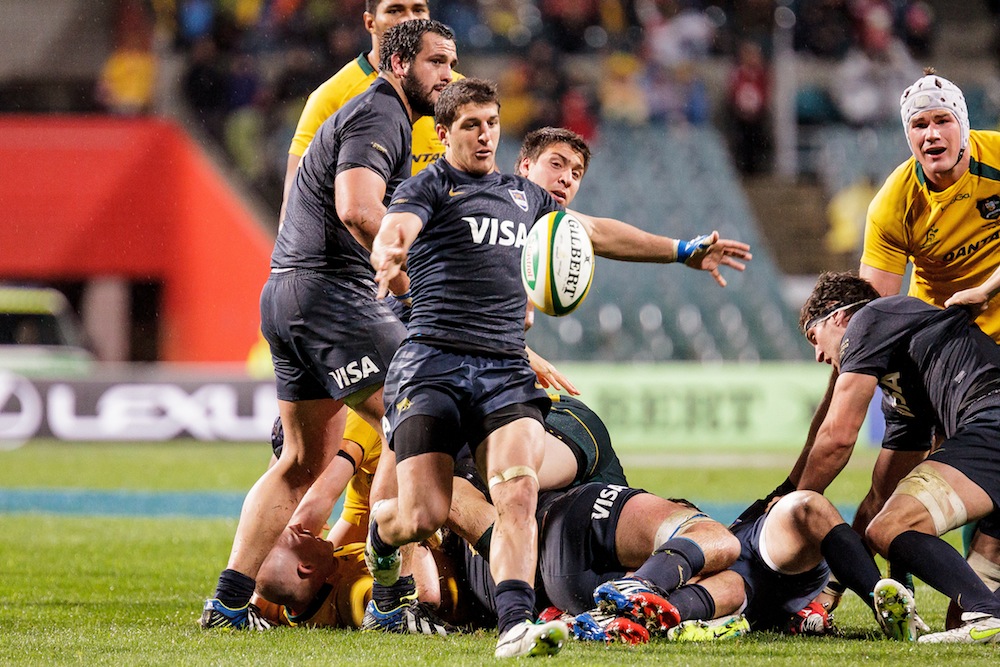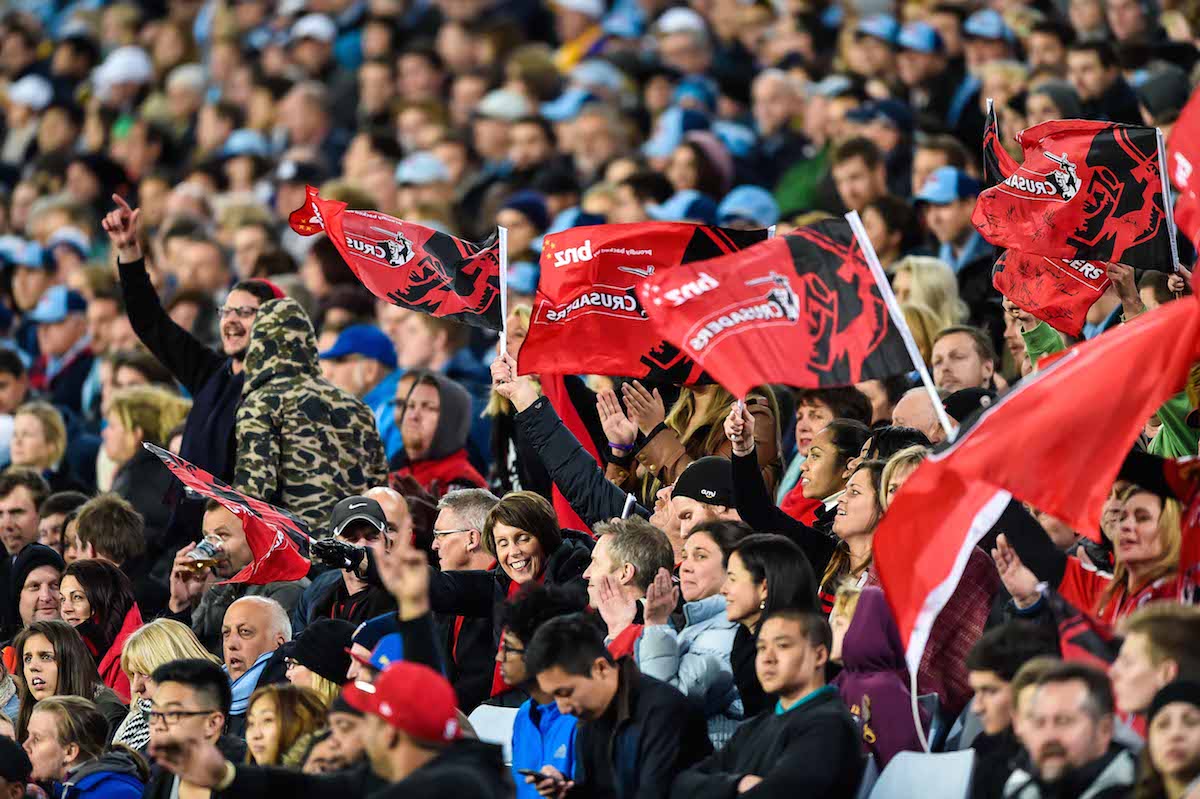As the pre-season for the final edition of Super 15 gathers pace, we take a closer look at the new Super 18 format commencing in 2016. We assess the changes to the format and reflect on the viewers that are getting more (or less) from Super Rugby in 2016, and whether Australian rugby followers are better off.
In case you’ve missed the changes, the first part of this video provides a helpful explanation.
1. Less rugby overall, more against NZ opposition
A quick summary of the key changes for each Aussie team:
• 1 less game each year (from 16 to 15)
• 1 less home game every second year (from 8 to 7)
• 2 less Aussie derbies
• 1 more game against NZ opposition (now play each NZ side)
• 8 teams make finals (up from 6)
Essentially, each team is getting less rugby – both in terms of one less game each year and, crucially, one less game to attend live every second year. NZ teams lose exactly the same.
The loss of the two derby games is particularly significant as these typically have the highest attendance and ratings in Australia (particularly for the Reds, Waratahs and Brumbies). This loss is only partially offset by an additional Trans-Tasman game (typically faster-paced and higher scoring games than Aussie derby arm-wrestles) and two additional teams in the finals.
2. New teams

The most significant change to the format is the introduction of three additional teams: the South African Kings, an Argentinian team and a Japanese team. This is the most exciting change, as it is hoped it will create fresh competition and introduce diverse playing styles.
However, there are serious doubts over the new teams’ competitiveness, because:
• the make-up of the Japanese and Argentinian sides is unknown
• the Kings finished last in their only season of Super Rugby (2013)
• new sides to Super Rugby struggle to be competitive – since the expansion of the Super 12 in 2006, the 4 expansion rugby teams have only made it into the top half of the table on two occasions.
So while rugby followers in Argentina and Japan gain significantly by the introduction of the new teams, there are legitimate concerns they will dilute competition, which is less interesting to watch for all viewers.
3. Complex finals structure
As the video above explains, the system for determining finalists is very complex – it will be difficult for the average punter to understand exactly where their team stands in the finals race. This is compounded by each conference in the Australasian Group playing only one of two conferences in the SA Group, so the final standings will be further skewed by favourable draws, rather than accurately representing each side’s overall performance.
4. Television coverage
One area that we might benefit from in 2016 is improved television coverage, as follows:
• Free-to-air coverage: Channel 10 plans to televise a delayed game on Sunday mornings. This is a clear gain for the Australian viewer, although the proposed time slot is far from ideal. A shorter delay of 2 – 3 hours or an Australian game highlights package might be more viewer-friendly.
• Better time zones: While television times are TBC, matches played in Japan (9.30PM AEST) and Argentina (9.30AM, based on ARC 2014) will be far more watchable than the SA time zone. As each Australian team plays only 2 away games against the SA Group, some seasons will involve only one game played in SA’s time zone – a significant improvement.
Who is actually better off?
Overall, the new format is a step backwards from an Australian viewer perspective. Each Australian team plays less rugby, there are fewer derbies, home games and the new format is complex and difficult to follow. The result is the same for NZ viewers.
Rugby followers in Japan and Argentina are obviously big winners, but SA viewers take most of the spoils from the new format, showing the SARU’s incredible influence.

SA viewers will be treated to:
• an additional SA team, based in Port Elizabeth
• 5 more matches in SA each year
• 7 derby games per SA side, compared to 6 for Australasian teams
• 18 games against Japanese and Argentinean sides, compared to 5/10 for Australasian conferences (depending on draw)
• SA Group guaranteed to host two quarterfinals (even though since 2006, on only three occasions have two SA teams finished in the top 4 (based on aggregate points)).
So, where Australia and NZ have less rugby, South Africa has more. South Africa will also gain from greater exposure to the new teams through entertaining rugby if the teams are competitive and, if they are not, through a leg-up in competition points.
As Australian viewers, our best hope is for the new teams to introduce fresh competition; otherwise, there is not much cause for excitement in the conclusion of Super 15 this year.



